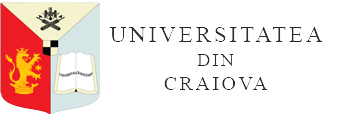MODELING OF APPLE CHEMICAL FRUIT THINNING
DOI:
https://doi.org/10.52846/aamc.v53i1.1470Abstract
Crop load management in intensive apple orchards must be done precisely to produce a high yield with marketable fruit size. It also ensures the formation of flower buds on the tree for the next season and prevents alternative bearing. In addition to pruning, flower and fruit thinning is another management method that has a major impact on crop yield. Compared to other methods, chemical thinning is the cheapest, can be done quickly and allows fruit thinning at the right time, which guarantees better fruit quality. The decision on the type of chemical agent, concentration and timing of application is very complex and depends on the apple variety, flowering intensity and fruit growth phase, weather conditions during treatment and a few days after. Flower thinning is applied to very high-yielding varieties where fruit thinning is very difficult and tends to bear alternately. Ammonium thiosulphate or ethephon can be used for this purpose only in years with abundant flowering and in conditions where there is no risk of spring frosts. Regardless of whether flower thinning has been carried out or not, the fruits are chemically thinned in the period shortly after flowering. The usual chemical treatment(s) is (are) applied at the early stage of fruit development, when the diameter of the central fruits in a cluster on 2-year-old wood is 5 to 16 mm (in exceptional cases up to 20 mm). At this time, naphthalene acetamide (NAD), naphthalene acetic acid (NAA), 6-benzyladenine (6- BA), and metamitron are used to induce abscission of young fruit. These chemicals are used alone or in various combinations to improve the effect. If the thinning efficacy of the single application is weak, sequential applications of chemical thinners with different modes of action must be made 1-3 weeks after the previous application to reduce fruit set to a commercially acceptable level. To avoid under- or over-thinning of fruit of a particular variety, models that predict the effectiveness of chemicals based on short-term light and temperature forecasts are used to determine the optimal time to apply thinners. Immediately after the first application of thinning agents, the “fruit growth rate model” can be used for early assessment of apple tree response to thinning and the need for a new application.


